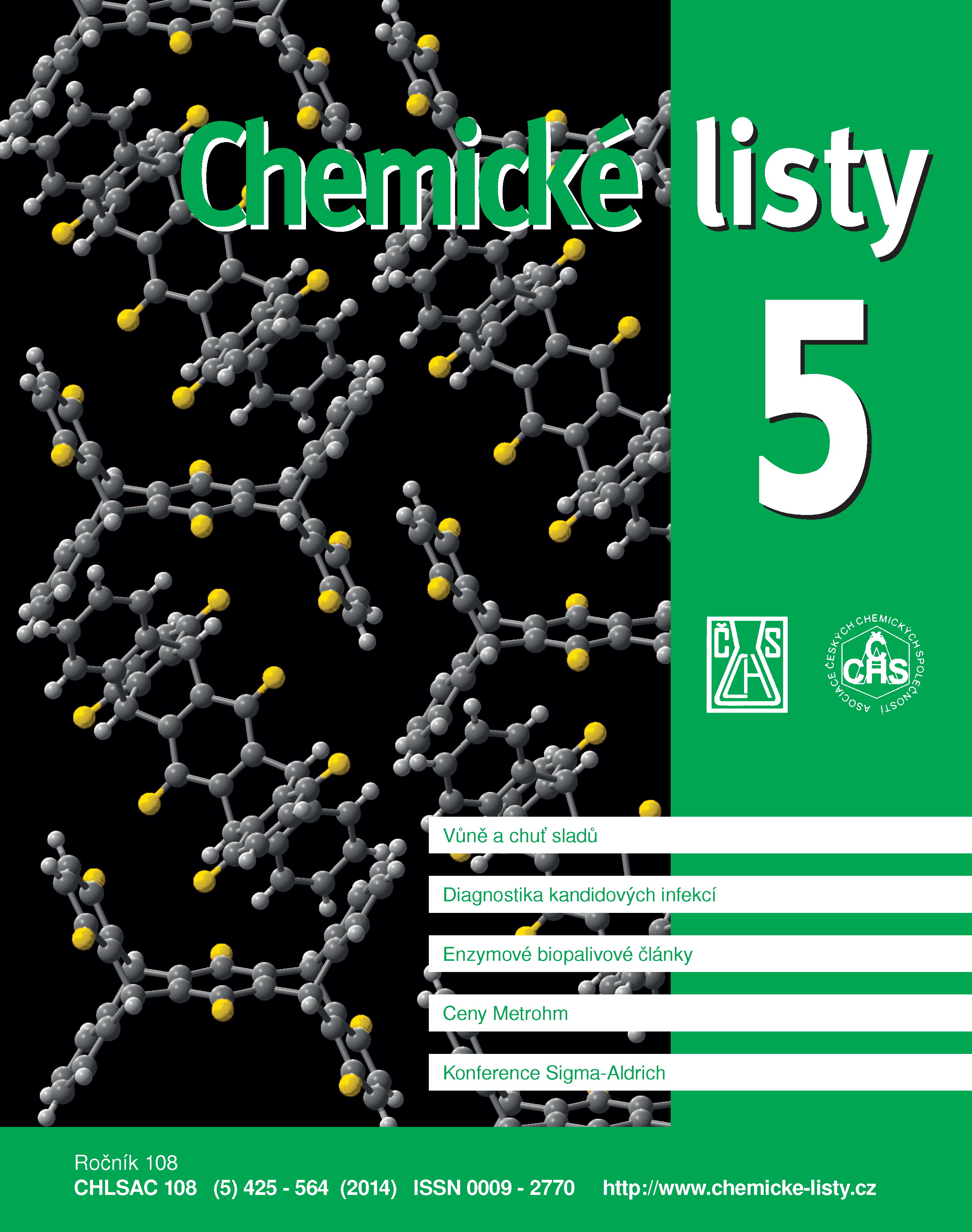Dynamic Light Scattering in Analysis of Colloidal Systems
Keywords:
dynamic light scattering, microemulsion, nanoemulsion, surfactantAbstract
Dynamic light scattering (DLS) is a non-invasive technique, capable of measuring the size of submicron particles in the submicron range. The study was focused on the applicability of DLS in measurement of colloidal particles of different types. The micelle sizes of surfactants (Tween 60, Tween 20, Igepal CA 720 and Na lauryl sarcosinate) and particle sizes of micro- and nanoemulsions were measured. The diameters of surfactant micelles were 13.0±0.1 nm, 8.4±0.1 nm, 7.1±0.2 nm and 2.7±0.1 nm for Tween 60, Tween 20, Igepal CA 720 and Na lauryl sarcosinate, respectively. Stability of nanoemulsions as a consequence of the changes of particle size distributions in storage was monitored. The results revealed the presence of uni-, bi- and trimodal distributions reflecting the occurrence of various particle populations as well as a shift of distribution curves due to the particle growth. It was confirmed that DLS can provide reliable and rapid determinations of particle sizes of micro-, nano- and classical emulsions.





